Russian vision on Europe
Alexander Slusarev, Valery Sirovsky, Igor Moukhin, Vladimir Mishukov, George Pervov, Natalia Pavlovskaya, Lev Melikhov, Vladimir Grevi, Grigoriy Yaroshenko, Tim Parchikov
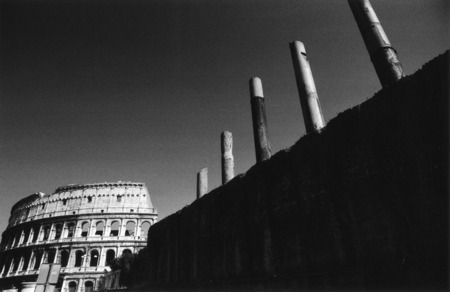
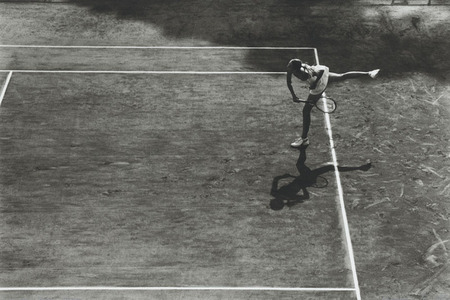
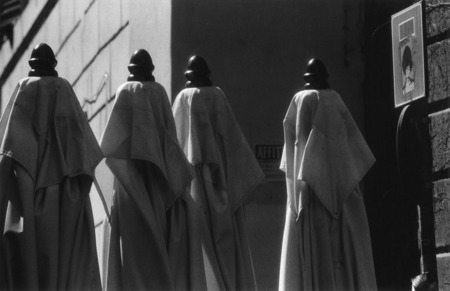
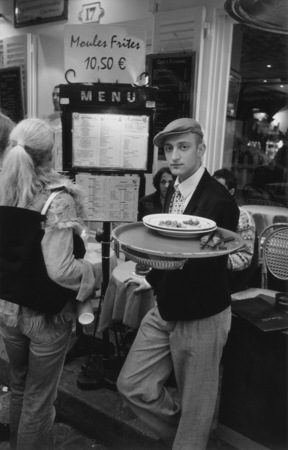
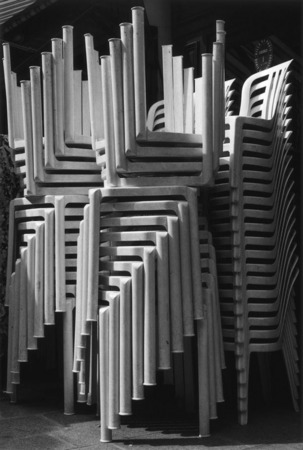
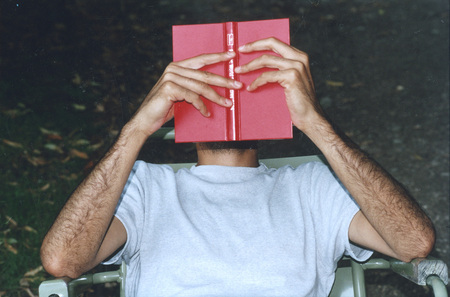
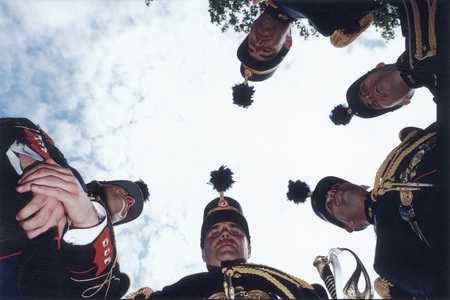
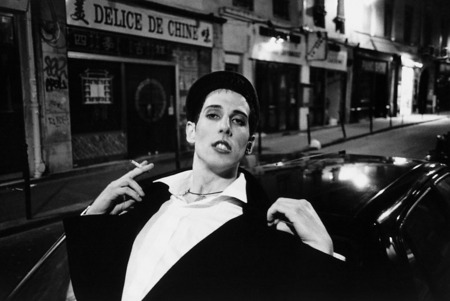
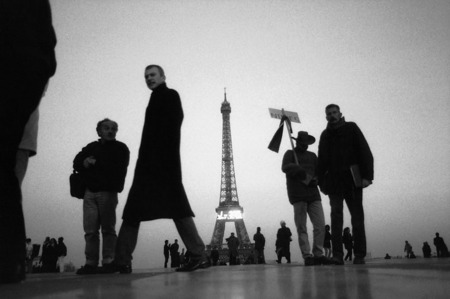
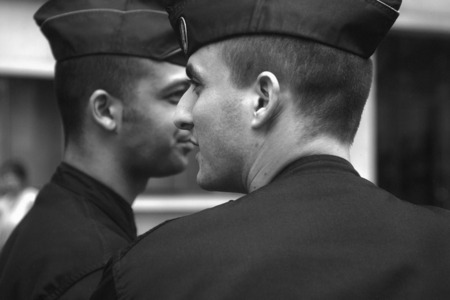
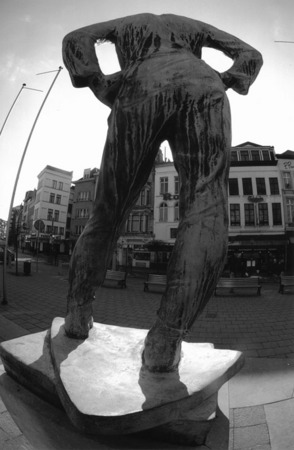
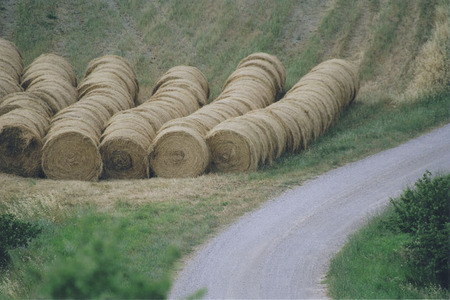
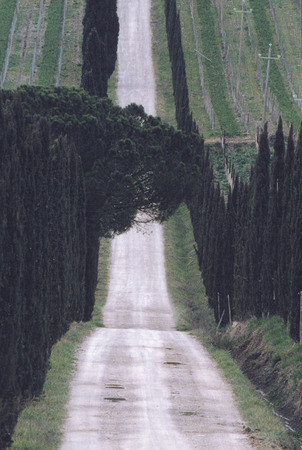
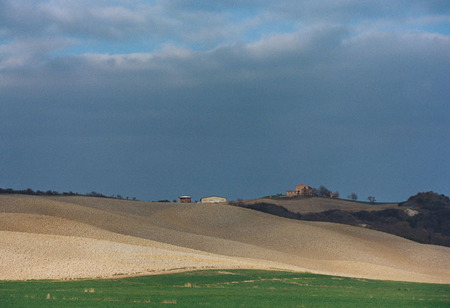
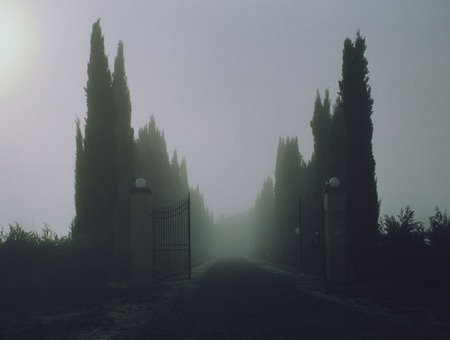
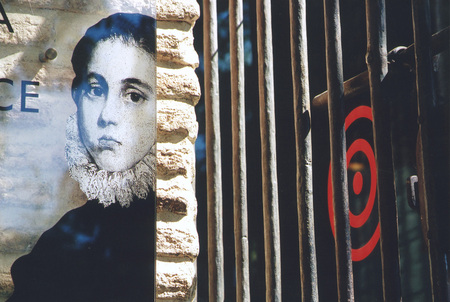
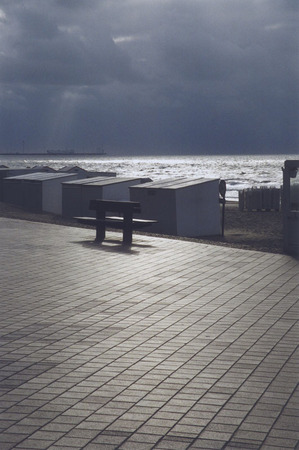
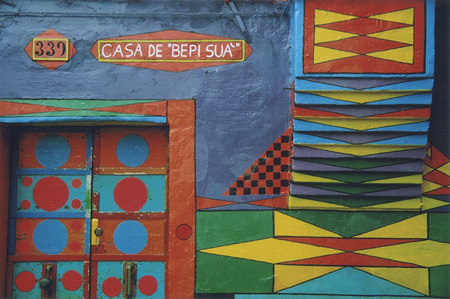
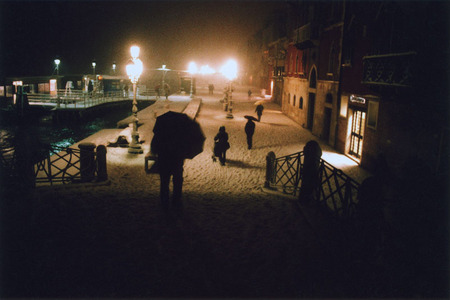
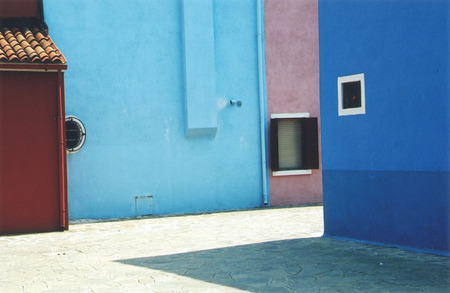
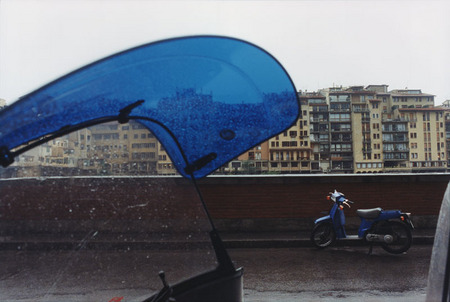
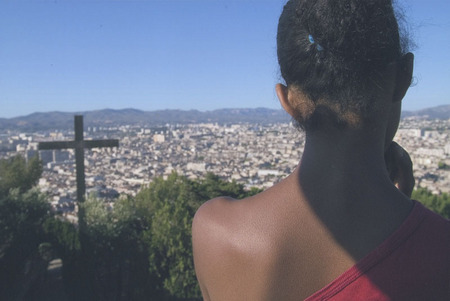
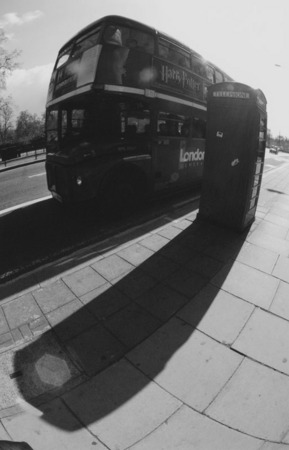
Lev Melikhov. Rome. 2005. Collection Moscow House of Photography Museum
Grigory Yaroshenko. Rome. 2005. Collection Moscow House of Photography Museum
Lev Melikhov. Rome. 2005. Collection Moscow House of Photography Museum
Vladimir Mishukov. Paris. 2004. Collection Moscow House of Photography Museum
Vladimir Mishukov. Paris. 2004. Collection Moscow House of Photography Museum
George Pervov. Paris. 2004. Collection Moscow House of Photography Museum
George Pervov. Paris. 2004. Collection Moscow House of Photography Museum
Igor Mukhin. From “Paris” series
Igor Mukhin. From “Paris” series
Natalia Pavlovskaya. Paris. 2004. Collection Moscow House of Photography Museum
Lev Melikhov. Antwerp. 2004. Collection Moscow House of Photography Museum
Vladimir Grevi. Toscana. 2005. Collection Moscow House of Photography Museum
Vladimir Grevi. Toscana. 2003. Collection Moscow House of Photography Museum
Valery Sirovsky. From the “Tuscany” series. Collection of the author
Valery Sirovsky. Toscana. 2005. Collection Moscow House of Photography Museum
Tim Parchikov. Toledo. 2004. Collection Moscow House of Photography Museum
Vladimir Grevi. Belgium. 2004. Collection Moscow House of Photography Museum
Vladimir Grevi. Venice. 2005. Collection Moscow House of Photography Museum
Lev Melikhov. Venice. 2005. Collection Moscow House of Photography Museum
Tim Parchikov. Venice. 2003. Collection Moscow House of Photography Museum
Alexander Slusarev. Florence. 1995. Collection Moscow House of Photography Museum
Natalia Pavlovskaya. Marseille. 2004. Collection Moscow House of Photography Museum
Lev Melikhov. London. 2005. Collection Moscow House of Photography Museum
Lisbon, 25.10.2007—19.11.2007
exhibition is over
Galeria Torreao Nascente da Cordoaria Nacional
Portugal
Share with friends
EUROPALIA.RUSSIA 2005
1 part: Bruxelles, Parc Leopold, Bibliotheque Solvay05.10.2005—04.12.2005
2 part: Bruxelles, Centre d’Art de Rouge-Cloitre
22.10.2005—29.01.2006
Exhibition shedule
-
5.10.2005—29.01.2006
Brussel
Bibliotheque Solvay
-
25.10.2007—19.11.2007
Lisbon
Galeria Torreao Nascente da Cordoaria Nacional
For the press
The first «landing party» of foreign photographers — Roger Fenton, Jean-Charles Langlois, etc. — appeared in Russia as early as the mid-19th century. Their task was to shoot the battles of the Crimean War
In the late
Khrushchev’s «thaw» of the late 1950s — early 1960s brought to Russia the best photographers of the second half of the 20th century: H. Cartier-Bresson, W. Klein, M. Riboud, S. Weiss, I. Morat, etc. The second mass appearance of foreign photographers in the USSR was connected with Gorbachev’s «perestroika». At this time Russia was constantly scrutinised by European cameras. As in the rest of the world, they were focused primarily on historical cataclysms. Another point of interest were the remains of the Soviet era, rapidly disappearing as years went by.
Russian photographers began to depict Europe, as well as other continents, only in the last decade, when the disappearance of the «iron curtain» made it easy to travel around the world. In the preceding epoch this was possible for only a handful of very lucky Soviet citizens, who were permitted to go abroad, such as Georgi Petrusov, Dmitri Baltermants and Lev Boroduli For many years there existed in Russia two myths about Europe: the official one — of the terrifying and dangerous society of inhuman capitalism, and the other, born in opposition to Soviet propaganda, — of the «earthly paradise» and the civilisation of total prosperity. Reality, which unfolded itself before the eyes of Russian photographers, proved to be something different. It was this reality which formed the reference network for the direct and unbiased approach of the authors represented at the Exhibition, encouraging their individual freedom and the trust in one’s emotional experience.
The thirteen artists who take part in the exhibition «The Russian View of Europe» belong to different generations. Some of them, like Valeri Sirovski (b. 1939) and Alexander Zabrin (b. 1948), spent most of their lives in Soviet Russia. Timofei Parshchikov (b. 1983) and Natalia Pavlovskaya (b. 1982) are children of «perestroika», who grew up in new Russia. They are all united by an intentional absence of any fixed ideological or conceptual approach towards the «other» European reality, which is so often present in the oeuvre of Western photographers returning from Russia. In Europe they depict the same subjects, which form the existential basis for their work at home.
For example, Vladimir Grevi, Valeri Sirovski and Lev Melikhov are primarily concerned with the architectonics of space, be it architecture or landscape. Possibly this is the reason that they prefer Italy among other countries. The precisely structured compositions of Vladimir Grevi, the cultural reflection of Lev Melikhov and the subtle lyricism of Valeri Sirovski represent three different and very personal Russian views of Italy.
Semion Faibisovich, Alexander Sliusarev and Timofei Parshchikov are mostly interested in visual paradoxes, in the relations between light, colour and object in a new cultural environment. Igor Moukhin, Vladimir Mishukov, Natalia Pavlovskaya and Andrei Gordasevich focus their attention on people. They are fascinated by striking personalities and by the states of complete artistic self-expression. In the Soviet Union the collective dominated over the individual. To differ from others was unacceptable and even dangerous. The age-old European tolerance towards the individual and its manifestations becomes a particularly attractive theme for Russian photographers in Europe.
The photographs of Georgi Pervov and Alexander Zabrin are aimed against tourist myths. Shooting the cult places of pilgrimage, such as the Eiffel Tower or the Tuileries Garden, etc., they create new perspective with a new atmosphere, destroying the traditional compositional cliches of objects and events.
Opening itself to Russian photographers, Europe, in its turn, opens each one of them. Carefully seeking for and examining large and small details, through which the singular atmosphere and personality of every country is revealed, the lenses of the authors inevitably suggest a certain comparison with the reality of Russia, be it similarity or dissonance. The very possibility of such a comparison gives us a priceless experience of better understanding each other.
Olga Sviblova, Director of the Museum «Moscow House of Photography»


